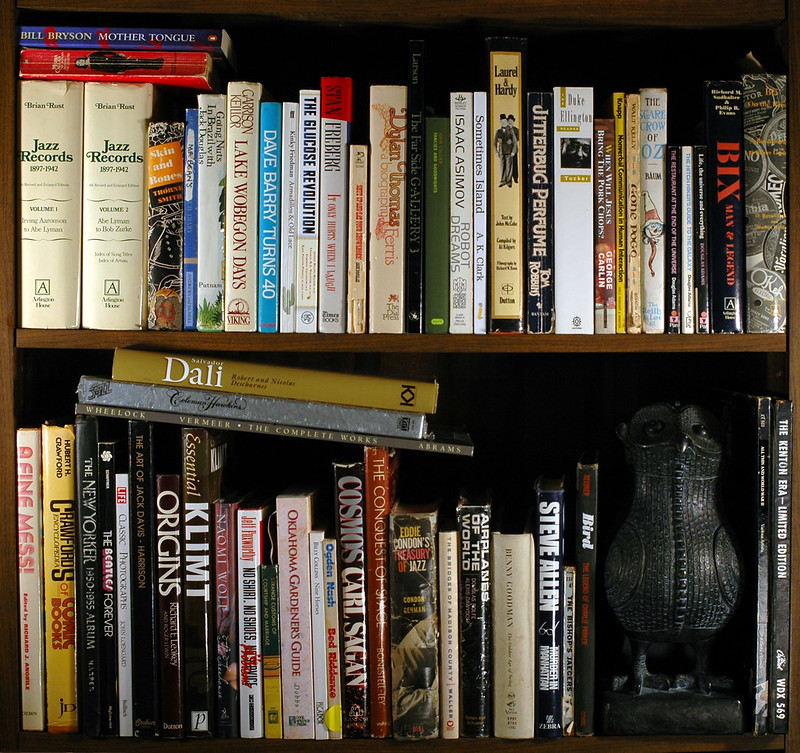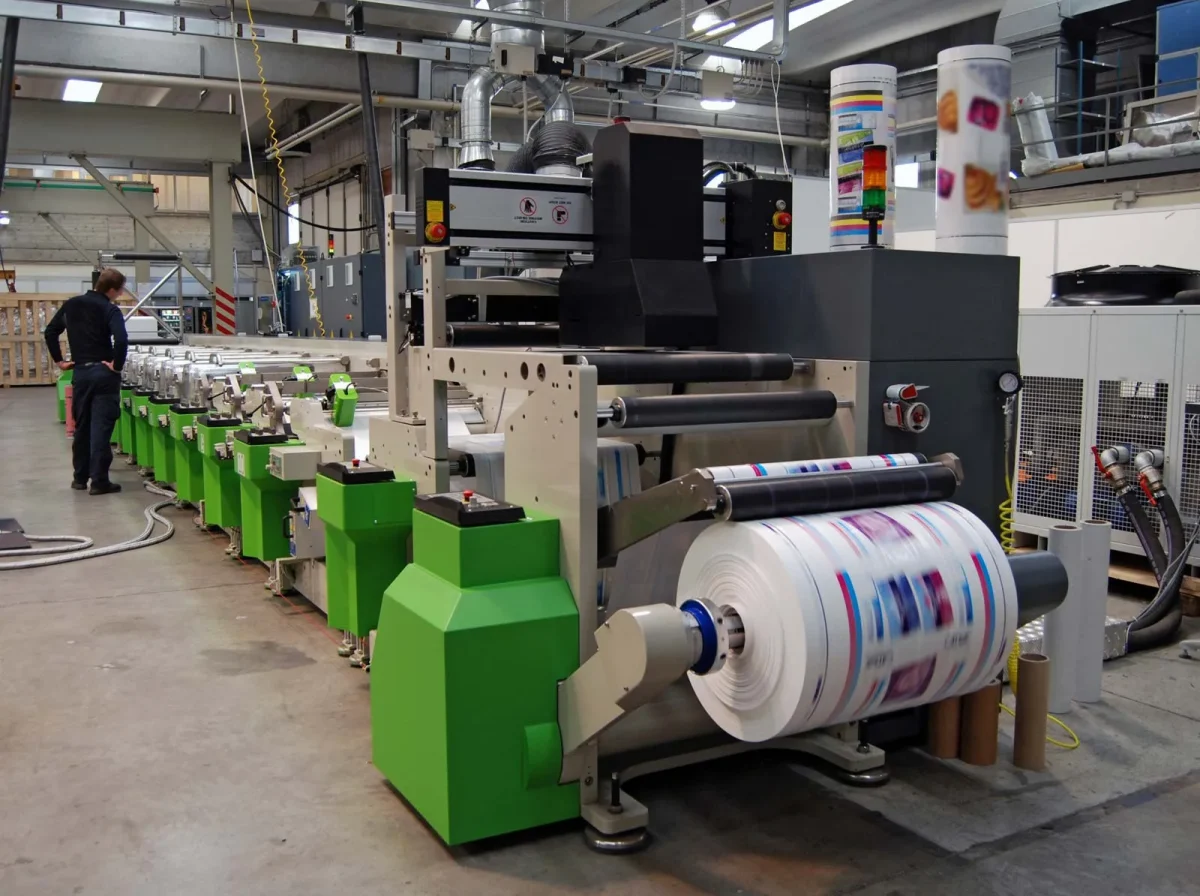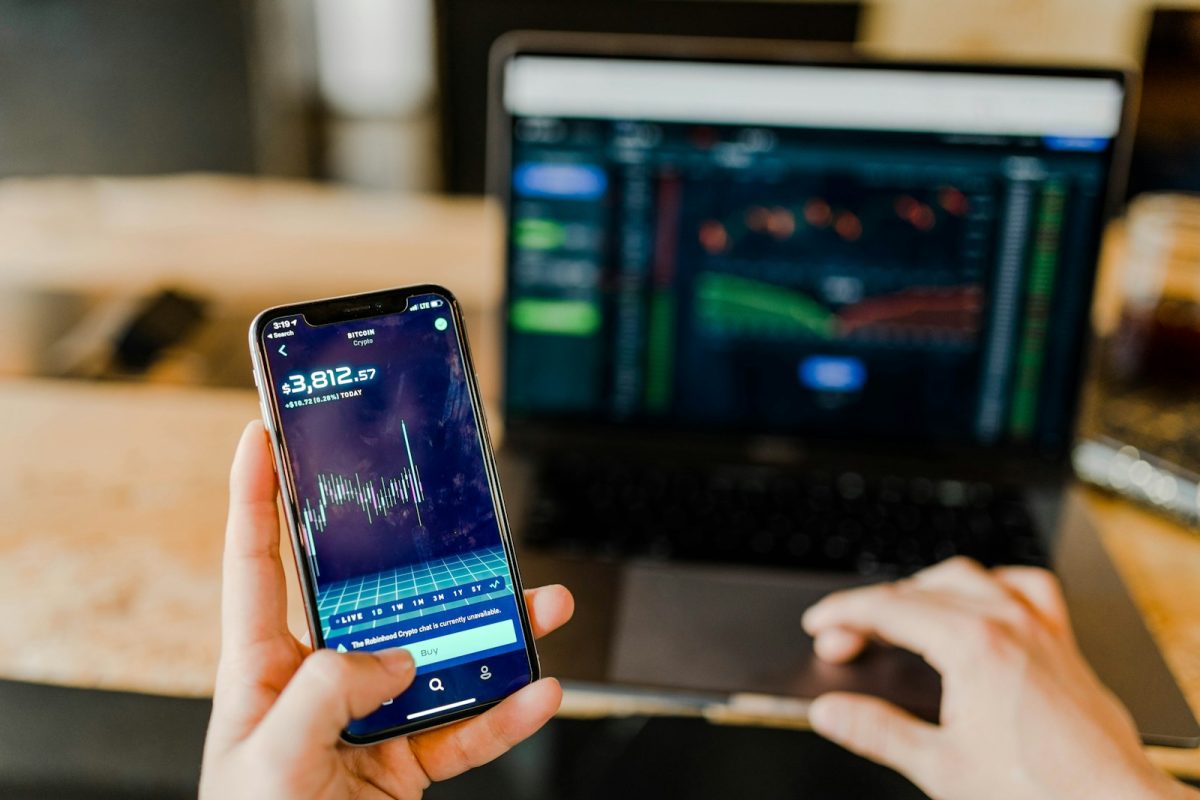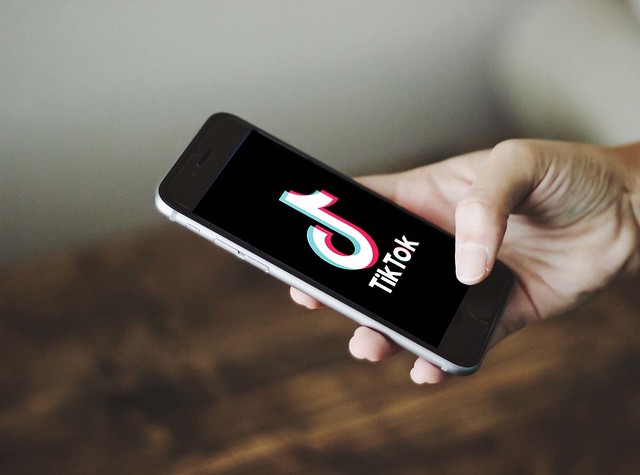Early Books
Books have been an essential part of human civilization for centuries, serving as a place for people to put their knowledge, culture, and history for others to see. The history of bookmaking is a fascinating journey that spans over thousands of years in human history and reflects the evolution of human creativity, technology, and communication. The history of bookmaking dates back to ancient civilizations such as the Sumerians, Egyptians, and Greeks, who crafted writings on materials like clay tablets, papyrus scrolls, and parchment. These early forms of books were meticulously created by hand and today historians considered them valuable artifacts.
The earliest records of books were scratched on bark, leather, chiseled on stone, wood, or other durable materials. The Romans used wax tablets to etch massages. The ancient Egyptians used the stem of the papyrus plant to make longer writings and books. These sheets were glued together by the side margins to form a roll 5 to 12 inches wide and 15 to 40 feet long, with writing on one side. Usually papyrus was rolled around a painted, gilded stick, or umbilicus, with knobs at both ends of the parchment. Each roll was kept in a cylindrical parchment case because of the natural way the papyrus dries around the sticks.
Modern Book Making
The invention of the printing press by Johannes Gutenberg in the 15th century revolutionized the way books were produced. The technological advancement of the printing press allowed for mass production of books, making them more accessible to a wider audience, not just the incredibly wealthy. The printing press paved the way for the rapid spread of knowledge, ideas, information, and literature across Europe and eventually the whole world. The industrial revolution further improved the book making process with the introduction of steam-powered printing presses, which increased production speed of books.
In the modern era, digital technology has revolutionized the bookmaking industry again. E-books, audio-books, and print-on-demand services are a massive leap forward in book Making technology. The internet has also provided a platform for authors to self-publish, allowing them to bypass traditional publishing channels and reach global audiences directly. Today, books continue to be made through a combination of traditional and digital processes. From printing and binding to E-books, the art of bookmaking remains a blend of craftsmanship and technology.
RELATED STORIES:
https://kids.britannica.com/students/article/book-and-bookmaking/273288
techniques#:~:text=Today%20from,20restoration%20enthusiasts.
https://www.madehow.com/Volume-1/Book.html
TAKE ACTION:
https://press.barnesandnoble.com/print-on-demand
https://www.sirspeedy.com/washingtondc120/products-services/printing-copying/book-printing
https://www.mccabesprinting.com/
https://www.greenerprinter.com/products/custom-paperback-book-printing







